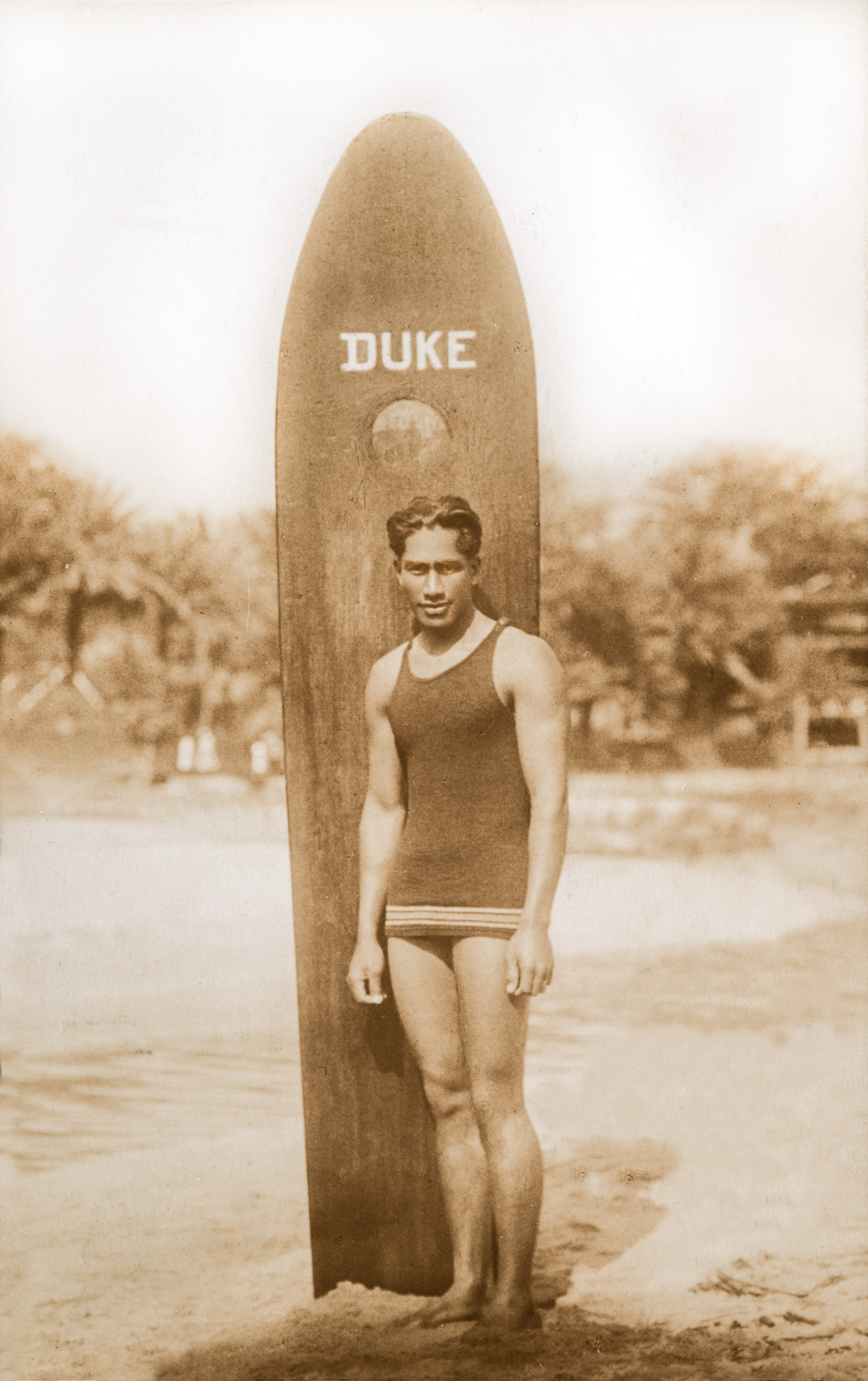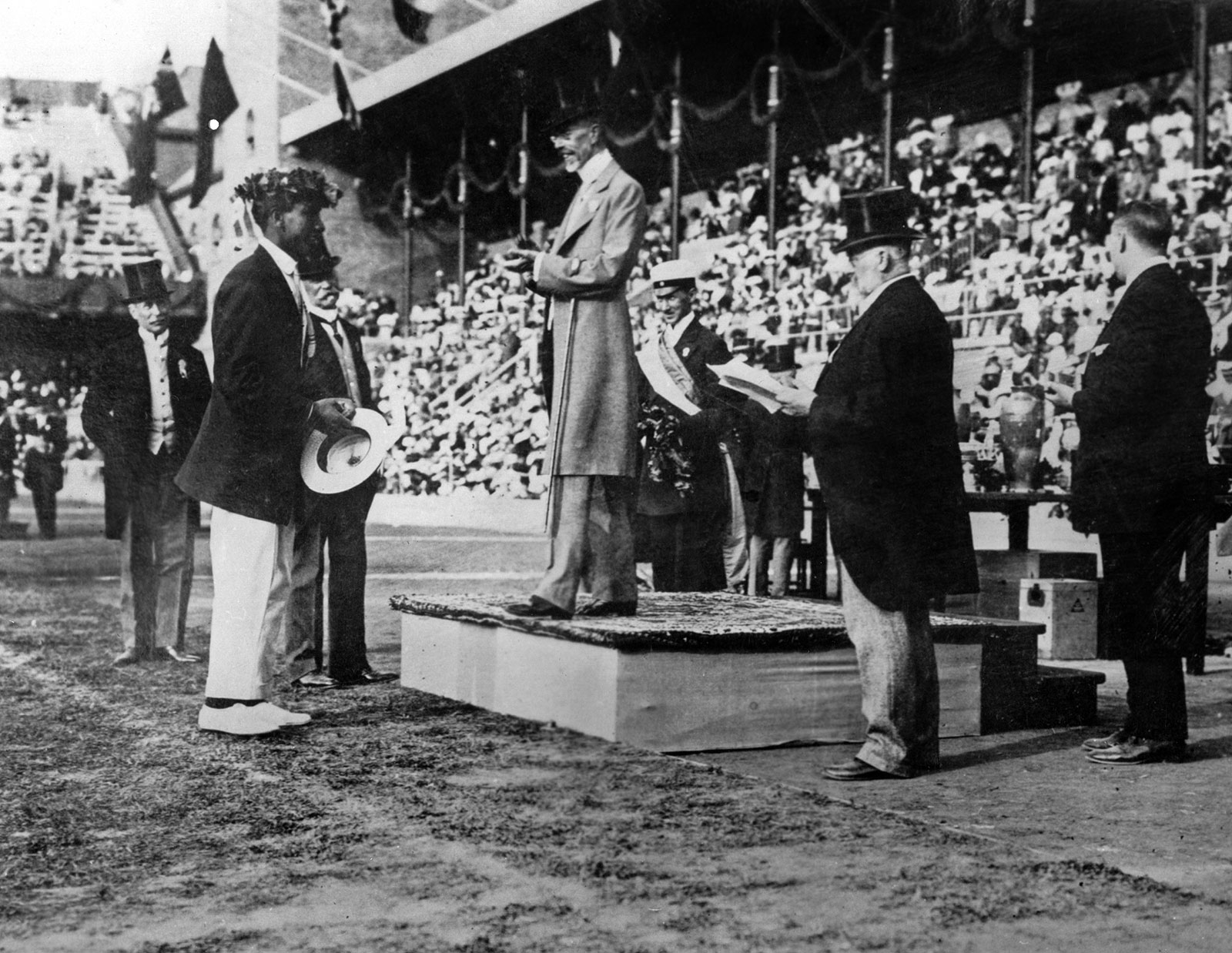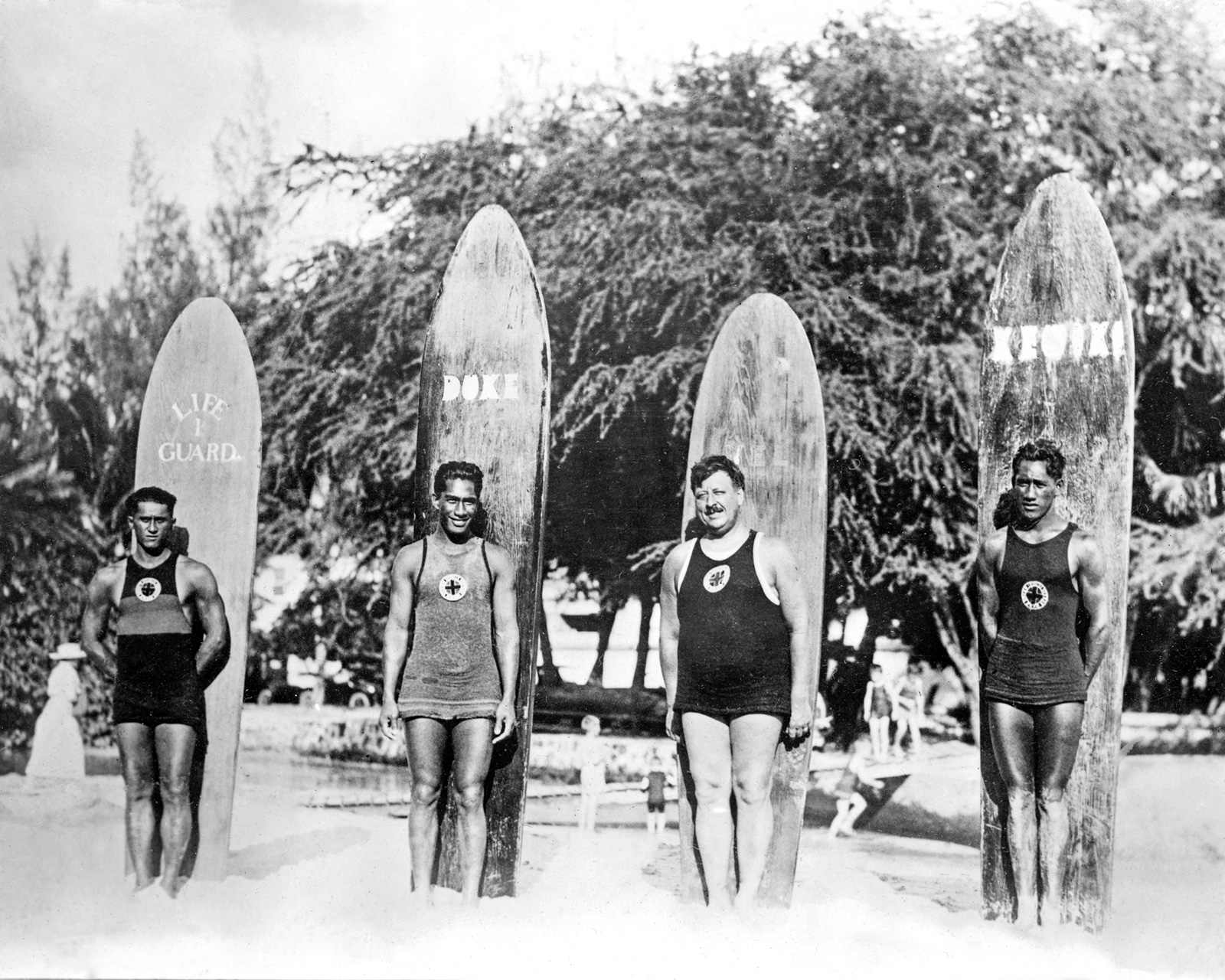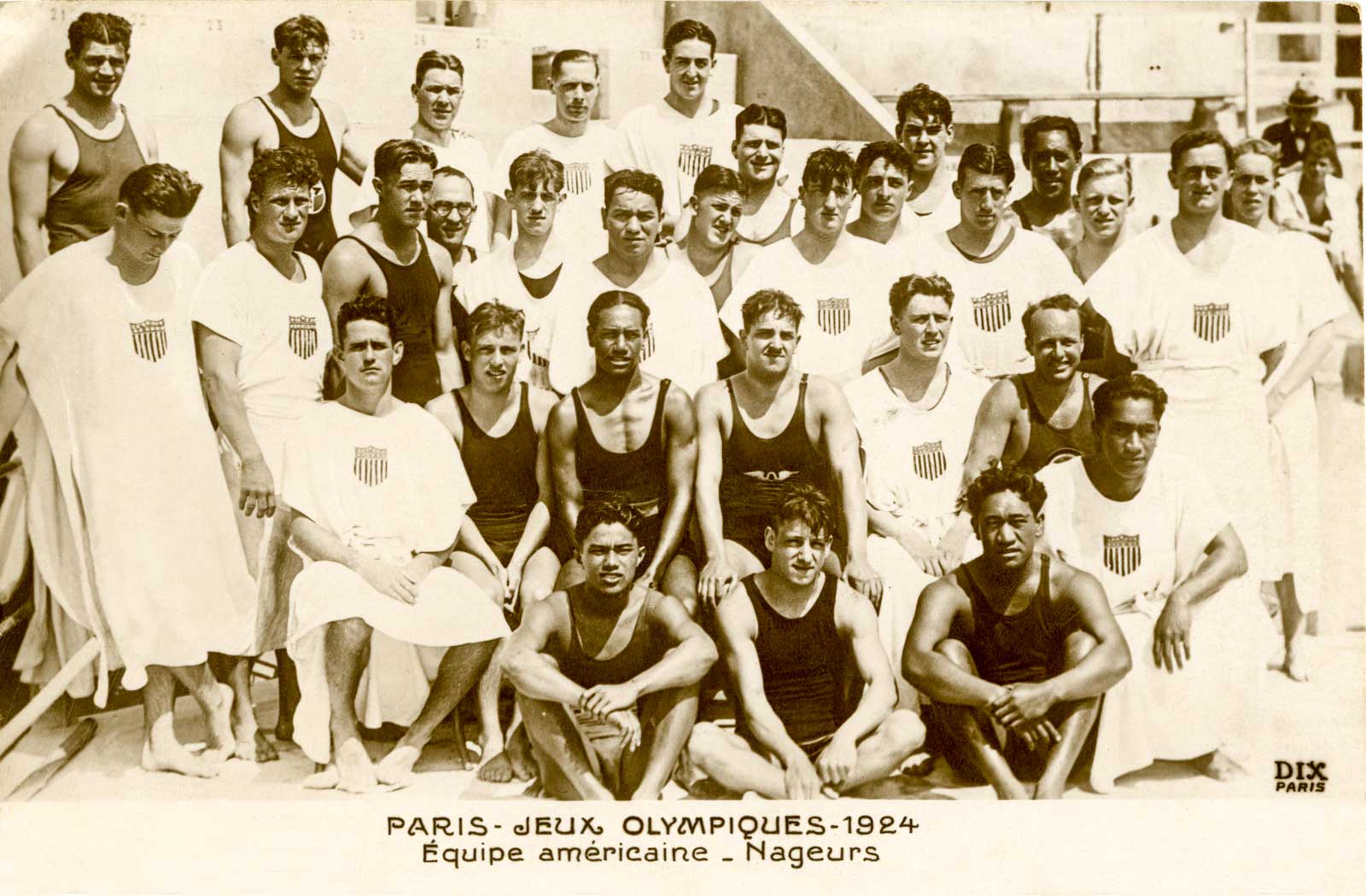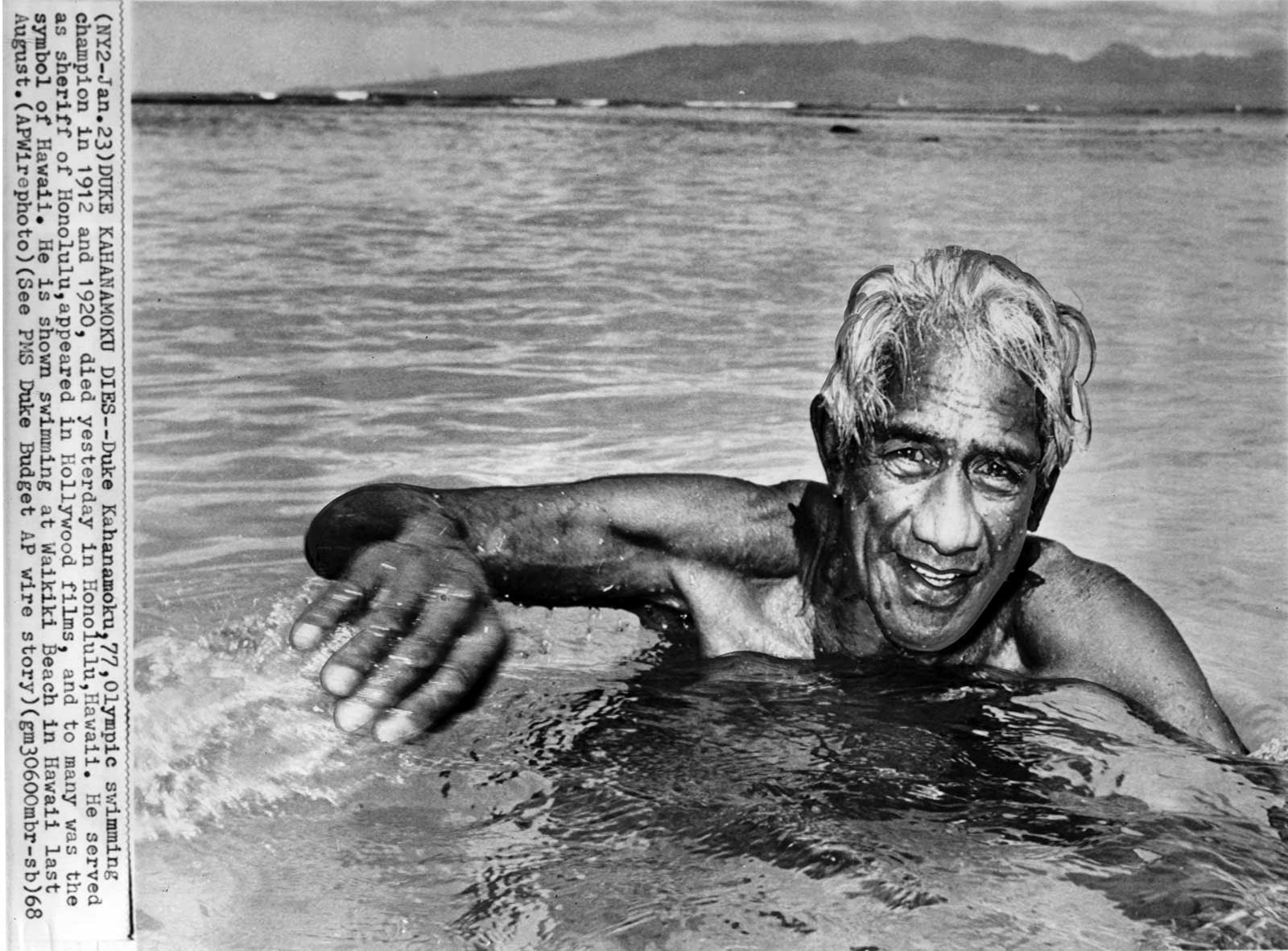At first glance, it looked like a graceful figure floating or flying on the “swirling currents” of the River Strom. Because the “water is cloudy and churned up . . . it’s hard to make out what the figure is.” What am I looking at? Is it the proud and regal Nike, the ancient Greek goddess of Victory? How does it float? (He cannot see the board). My brain is buzzing and confused. Maybe it’s just a clever contraption, like a rubber doll inflated like a balloon? Aha!! Now I can see more clearly. It’s a man!! He’s alive. He’s turned towards us, he’s smiling! He deftly dives into the water and holds his board and starts swimming towards the shore.
Selim rushed down the steep flight of steps from the bridge and arrived just as the man emerged up from the steps from the water to the Stromparterren. “The waitresses are startled and pull back a bit, torn between modesty and curiosity,” as the wet merman arrived and shook the water off.
I bow reverently and say to him in English, “Very glad to meet you, your Lordship.” His Royal Highness the Duke Kahanamoku of Honolulu bestows a huge dazzling smile on me . . . I tell him how thrilled we all are that Your Highness has taken the time to demonstrate your Native sport, board gliding.”
I ask him what he thinks of the water.
He says it’s too calm for a good board riding demonstration, but it is very invigorating.
Then he says, “Would you like to try surfing yourself?” He offers me the plank!
I have to decline as I have to get back to the newsroom to tell the astonished citizens of Stockholm of the unbelievable feats of his Royal Highness.
Selim had only had a glimpse of a few seconds of Duke’s surfing but it was enough and the crowd was so impressed and thrilled that he had to record it for posterity. Apparently no further articles about Duke’s one-off surfing were published. No one took photographs.
Duke’s surfing was forgotten in Stockholm, but his swimming victories—winning gold in the 100m freestyle against 32 others, and a silver medal in the relay — and his winsome personality, was long remembered. He was also singled out by the King to give a private swimming demonstration to the Royal family.
Duke never forgot his first Olympics and his first medals and treasured his victor’s laurel wreath. In 1948 some loose clips in Duke’s Bishop Museum Archive show how he was still written about in the newspapers there, and in the Spring of 1961, a few months shy of 50 years after the Stockholm Olympics, he returned as an honored guest to publicize an inaugural route for Pan Am Airways between New York City – Stockholm and other Scandinavian cities.
Thousands of adoring fans waited to greet him at the airport. A newsman said that it was as though time stood still. Duke was still very fit, and carried himself with dignity. His hair was silver, his smile was as wide, and his eyes sparkled as much. He weighed just 5 pounds more than he had back in 1912. He had emotional reunions with long-time Swedish friends . “Duke looked like a king, when he was with the Swedish King.” He was presented with Stockholm’s highest recognition—the key to the City of Stockholm.
He had already gifted them all those many years ago, with Hawaii’s unique gift to the world – with his historic surfing demonstration–his first surfing demonstration outside of Hawaii, 109 years ago.
And now, with surfing’s inauguration as an Olympic sport in Tokyo, this long forgotten story can be told.
